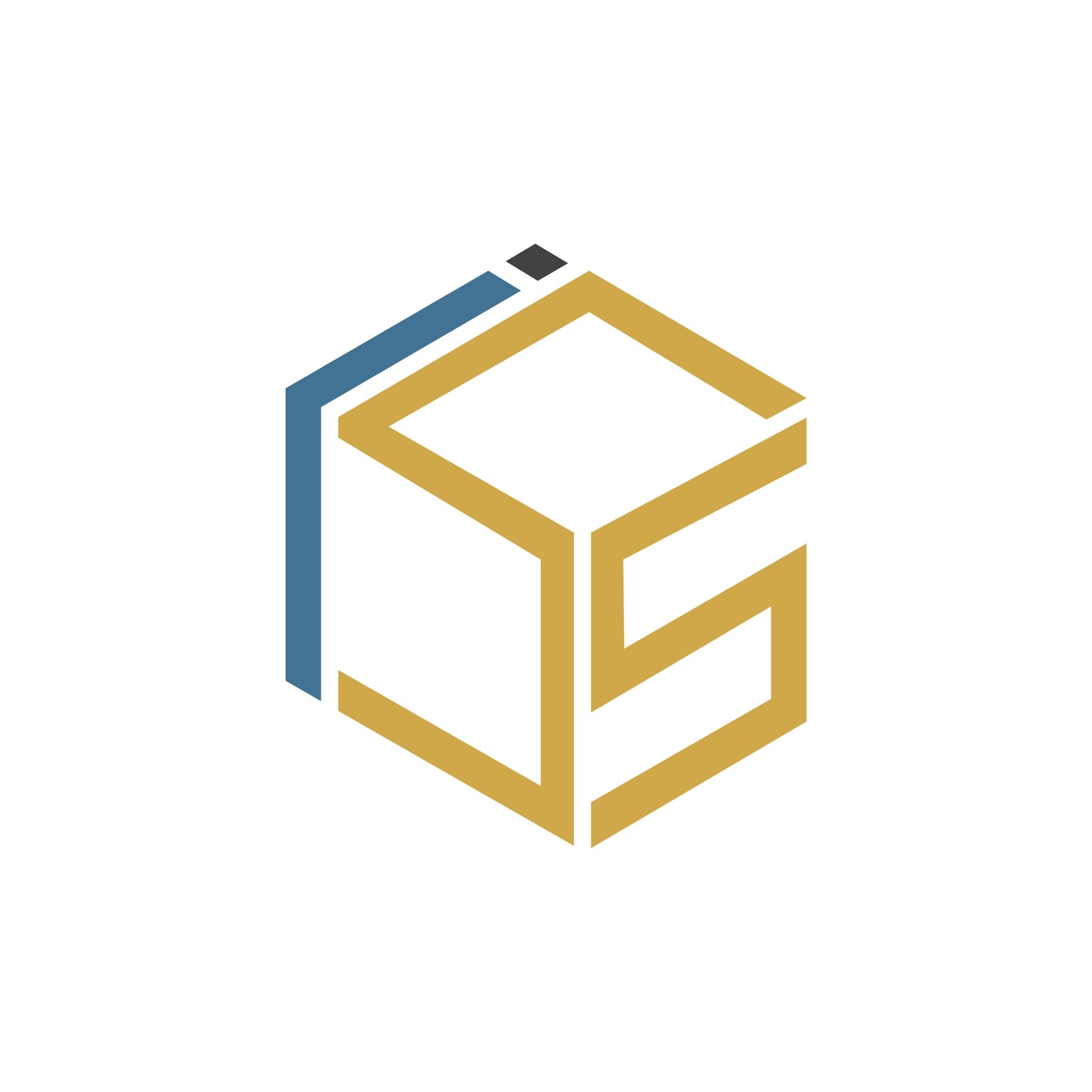
Data Science is evolving rapidly to occupy its position in all the different verticals of the industries. From finance to healthcare, every domain is leveraging the applications of data science to transform these sectors. Blending science, technology, and bio-medicine in this digital era have revealed new data-driven systems that can make precise healthcare systems, health reports for clinical decisions & drug delivery. This article will focus on the impact of data science in healthcare.
Applications of Data Science in Healthcare
Data science is witnessing rapid progress in the healthcare industry. It is because it can cater to a vast collection of libraries. Also, technology can now render Big Data through advanced tools and frameworks. Healthcare companies can cultivate large data sets and extract valuable insights from them.
The top 5 data science applications in healthcare.
- Data Science for Genomics: Genomics is a popular branch of biology that deals with the study and analysis of sequencing genomes. Every organism contains genes, and these genes comprise DNA and other existential traits. After the Human Genome Project, scientists have been working hard for the advancement in genetic engineering. They are blending the ideas of big-data and data science to extract. Healthcare and tech companies are spending billions of dollars to analyze the genetic sequences in humans and other animal species. Before the advent of data science, such projects were expensive. But through it, researchers and scientists can interpret and acquire insights from the human gene in a significantly shorter time & at a much cheaper cost. Researchers use data analysis and visualization tools and libraries to genomic strands to explore the irregularities and deficiencies in various organisms. Analyzing the genetic sequences through data science tools will automate the process bringing down the time and cost. Also, data science algorithms can help in finding a correlation between various parameters. Detection of defects or diseases also becomes easy to locate.
- Data Science in Medical Imaging: One of the most prominent uses of data science in the healthcare industry is in medical imaging. The conventional imaging techniques used in medical science are MRI scan, X-Ray, and CT scan. These scanning and imaging techniques help in visualizing the inner body parts in humans. The traditional approach was to manually examine these images & spot the problem(s). However, it becomes challenging to detect microscopic deformities. That is where doctors could not perform proper diagnostics. Therefore, to reduce such issues, healthcare systems use data science and deep learning algorithms to detect granular-level defects in those scanned images. The deep learning algorithms are fed with deformities data (as images) that the system understands. This system then tries to identify these defects in the scanned images fed by the doctor.
- Data Science in Wearables for monitoring health problems: As we all know, the human body generates around two terabytes of data daily. With traditional equipment, it was hard to capture all that data. But with the advancement in technology, companies can collect most of it. New wearables makers are leveraging technology and data science to accumulate blood glucose, sleep patterns, stress levels, heart rate, and brain activity-data. With such a massive collection of health data, scientists and researchers are working closely with data analysts to push the boundaries in health monitoring. Popular companies working with wearables are Qualcomm, IBM, Google, Fitbit, AltexSoft, Strata Decision Technology, etc. Apple recently joined the race to make the healthcare system better through data science and machine learning through CareKit and ResearchKit. Modern technological devices also help monitor the patients, remotely help in understanding the chronic disease, and productively increase the pharmaceutical logistics and supply chains system. The wearables sent the data back to the server. Researchers and scientists then use data science to extract meaningful patterns and data-driven methods focusing on disease prevention.
- Drug Discovery with Data Science: Discovering drugs is a complicated discipline and requires a high level of precision. That is where pharmaceutical industries rely heavily on it for solving their problems & nurturing better drugs for humans. Drug Discovery and researching new drugs is a highly time-consuming process. Traditional drug discovery methods involve heavy financial expenditure in doing adequate research, looking for the exact chemical composition, and complicated testing. But with data science and machine learning approaches, researchers can improve the efficiency and accuracy of the chemical composition that helps prepare an accurate drug. Overall, this increases the success rate for a drug-making company and makes it stand out from its competitors.
- Providing Virtual Assistance: Rendering virtual assistance through disease predictive modeling is another significant role of it in healthcare. Data scientists and healthcare researchers worked together to bring to the table a comprehensive virtual platform that can assist the patients. Many healthcare firms have created platforms where patients can fill the medical symptoms as input and acquire insights. All such applications utilize data analysis and machine learning algorithms in their background. These ML algorithms can instantly check various possible diseases based on the training model and confidence rate.
Virtual assistance applications can also assist patients with their daily habits, routines, and tasks. A famous example of a virtual assistant is Ada – created by a startup in Berlin. Another well-known ML-based chatbot is Woebot – developed at Stanford University. It can produce therapy procedures for patients who are experiencing depression.
Various other roles of it in healthcare industries are tracking and preventing pandemics, turning patient responsibility into precision medicine, optimizing clinic performance, predicting medicine needs in different areas of a country, etc. Data scientists use supervised ML, dimensionality reduction, unsupervised ML, medical classification systems, etc. techniques. These techniques help in enhancing the healthcare industry.
Hope this comprehension helped you get a clear picture of how healthcare industries, together with data scientists, are adopting it. Extracting real value from unstructured patient data can eventually contribute to providing adequate healthcare services. Leveraging it into healthcare systems makes it more efficient, personalized, and accessible.

Your go-to source for the latest in tech, finance, health, and entertainment, with a knack for distilling complex topics into accessible insights, We deliver timely updates on the ever-evolving landscapes of technology, finance, health, and entertainment








